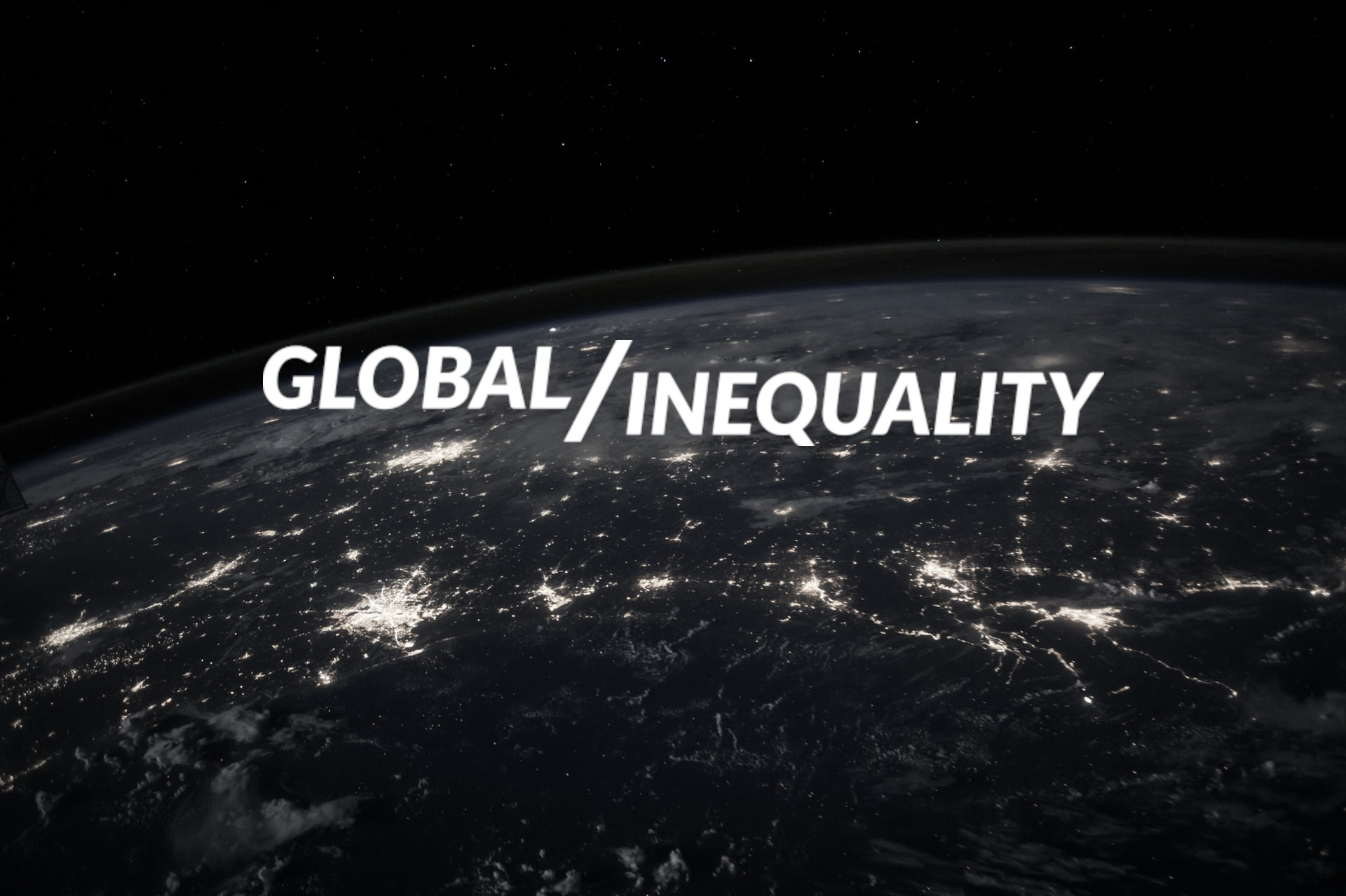I am not sure if this is the right space to post this: Jason Hickel and his colleagues have just launched this website collecting their work on global inequality, including many aspects, such as unequal exchange, climate injustice, carbon inequality, debt and structural adjustments programs. It’s very comprehensive and full of graphs that can be very useful for agitprop.
If anyone talks to you about USSR, Russian, or Chinese imperialism show them this graph:

What is being measured in that graph?
(GDPpc)² * (population) ?
As far as I understand, It is the GDP (of a country) times the GDP of that country per capita, and then normalized. For example ChinaGDP * ChinaGDP/Chinapopulation is 10 times smaller than USGDP * USGDP/ USpopulation. This paper argues this is a better predictor of power projection.
Whoops, fixed my formula, I had it the wrong way around.
GDP times GDP per capita equals population times GDP per capita squared.
But I don’t see how that translates to “net resources”.
In this article I gave that introduces this metric, it has some explanations as to why they think this is a reasonable metric, though I don’t think that it directly corresponds to “net resources”. I think the point is that having a larger population to take care of requires more resources, hence making it more difficult to project global power, when comparing 2 countries with similar resources.
I’m partly through reading it.
Now that I think about it, it might be the key to being able to answer “does GDP alone make a country wealthy, or does GDPpc alone make a country wealthy, and how does a low-population-high-GDPpc country compare to a high-population-low-GDPpc country”.
I think I would have made it ln(pppGDP) * ln(pppGDPpc).


